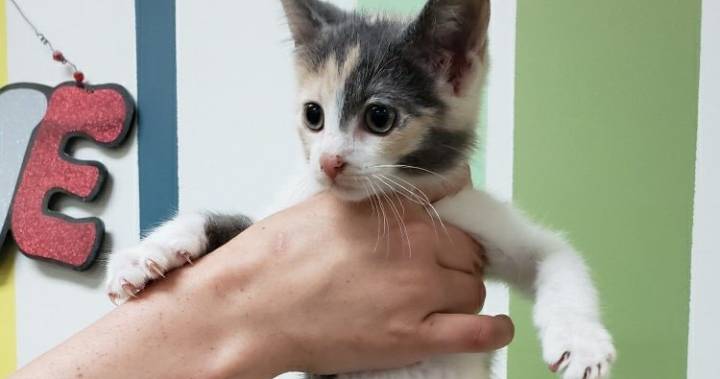. Kelly explores three trends in artificial intelligence we need to understand in order to embrace it and steer its development. “The most popular AI product 20 years from now that everyone uses has not been invented yet,” Kelly says. “That means that you’re not late.”
Get the latest international news and world events from around the world.
MIT 6.S099: Artificial General Intelligence class takes an engineering approach to exploring possible research paths toward building human-level intelligence
. The lectures introduce our current understanding of computational intelligence and ways in which strong AI could possibly be achieved, with insights from deep learning, reinforcement learning, computational neuroscience, robotics, cognitive modeling, psychology, and more.
Ray Kurzweil is one of the world’s leading inventors, thinkers, and futurists, with a thirty-year track record of accurate predictions. Called “the restless genius” by The Wall Street Journaland “the ultimate thinking machine” by Forbes magazine, Kurzweil was selected as one of the top entrepreneurs by Inc. magazine, which described him as the “rightful heir to Thomas Edison.” PBS selected him as one of the “sixteen revolutionaries who made America.”
Alex Garland continues to cultivate his reputation as one of the most exciting and challenging voices in modern science fiction cinema
.
Annihilation is an upcoming science fantasy action horror film written for the screen and directed by Alex Garland based on the novel of the same name by Jeff VanderMeer. The film stars Natalie Portman, Jennifer Jason Leigh, Gina Rodriguez, Tessa Thompson, Tuva Novotny, and Oscar Isaac.
Having previously written screenplays for cult classics like 28 Days Later and Dredd, Garland’s Ex Machina is arguably the definitive film about artificial intelligence (and killer robots) of the 21st century. And that was only his directorial debut.
Artificial Intelligence: Possibilities, Consequences & Scenarios
Yuval’s works on the future of the digital world cause the globe to take notice and discuss. At OMR (Online Marketing Rockstars), Yuval Noah Harari primarily talked about the developments and consequences of artificial intelligence. After his keynote, German journalist and entrepreneur Kai Diekmann conducted an interview on-stage.

Zapping Nerves with Ultrasound Could Treat Inflammation
Stimulating nerves in the spleens of mice with ultrasound reduced their inflammatory responses and arthritis symptoms.

Rare male calico kitten is fur real at Winnipeg’s D’arcy’s ARC
A Winnipeg pet shelter got a rare surprise when a feral cat gave birth to her kittens in the rescue.
Winnipeg, meet Unicorn Andy, an eight-week-old kitten who is also a male calico – something that happens for maybe one calico cat in 10,000, said D’Arcy Johnson, CEO of D’arcy’s ARC.
“In all these years of working at the shelter and all my years of working in the clinic … I haven’t seen one, and even some of our long-term veterinarians have never seen them,” he said.

Study finds these seven metrics predict future heart disease risk
Though it’s impossible to know whether any given person will end up developing cardiovascular disease later in life, there are known factors and lifestyle decisions that increase the risk. Knowing whether you’re at a higher risk of developing a heart health issue makes it possible to take preventative steps, and here to help with that is a new study detailing seven ‘key’ prediction metrics.
